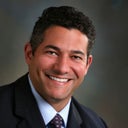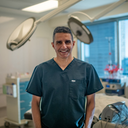The two main reasons that your nasal bones would need to be broken during a rhinoplasty are to either narrow the width of the nose or to reconstruct the dorsum after a large hump has been removed ("closing an open roof deformity" in technical terms). Therefore, there are some patients that do not need to have the bones broken as part of their individual procedure, but many do.





